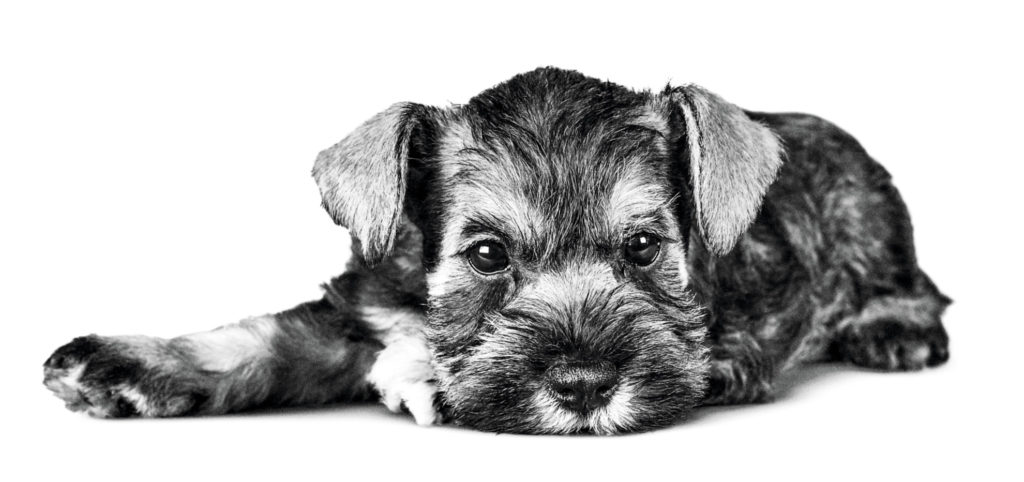Teething and oral health
When puppies are born they have no visible teeth, the first milk teeth normally start to appear around the third week of life, these, teeth are very sharp almost needle-like and your puppy will soon learn to put these to good use! However these teeth are much more fragile than the permanent adult teeth and so puppy food as well as their toys do need to be smaller and a little softer than for adults. It is good practice for your puppy to get used to you looking in its mouth early on but start slowly, be gentle, and give lots of praise.
Like us, dogs will have two sets of teeth during their lifetime– milk teeth (deciduous teeth) and permanent teeth. At around three months old, the roots of the milk teeth begin to dissolve and these teeth fall out by themselves. They are only occasionally found, stuck in toys or on the floor, but mostly the puppies tend to swallow them, don’t worry this is quite normal! By now your puppy should be used to you opening his mouth, and it is time to start brushing his teeth, this should be undertaken as soon as possible and made part of the daily routine. Daily brushing of your puppy’s teeth is highly recommended right throughout life to maintain oral health. Make sure you use a suitable doggy tooth brush for the size and age of the puppy, and only ever use a dog specific toothpaste.
The milk teeth are progressively replaced by the permanent teeth between 4 and 7 months of age. A visit to your vet at this point is advisable in order to check the condition of the teeth and to check that all milk teeth have fallen out and that all 42 adult teeth have arrived correctly.
Puppy Teething Timeline
- 3-4 weeks old: the incisors appear
- 4-5 weeks old: the canines appear
- 4-6 weeks old: the premolars appear
- 8 weeks all 28 milk teeth in place
- 12-16 weeks the milk teeth start to fall out and the permanent adult teeth arrive
- 7 months all 42 permanent teeth in place